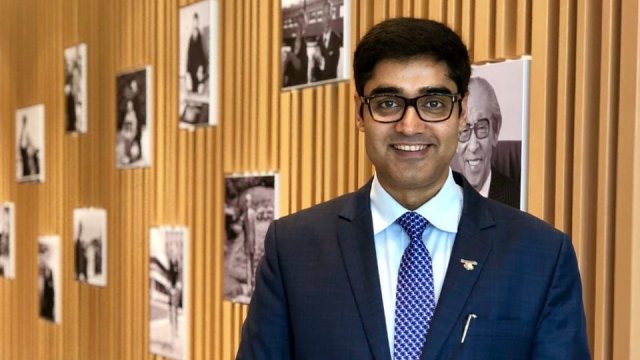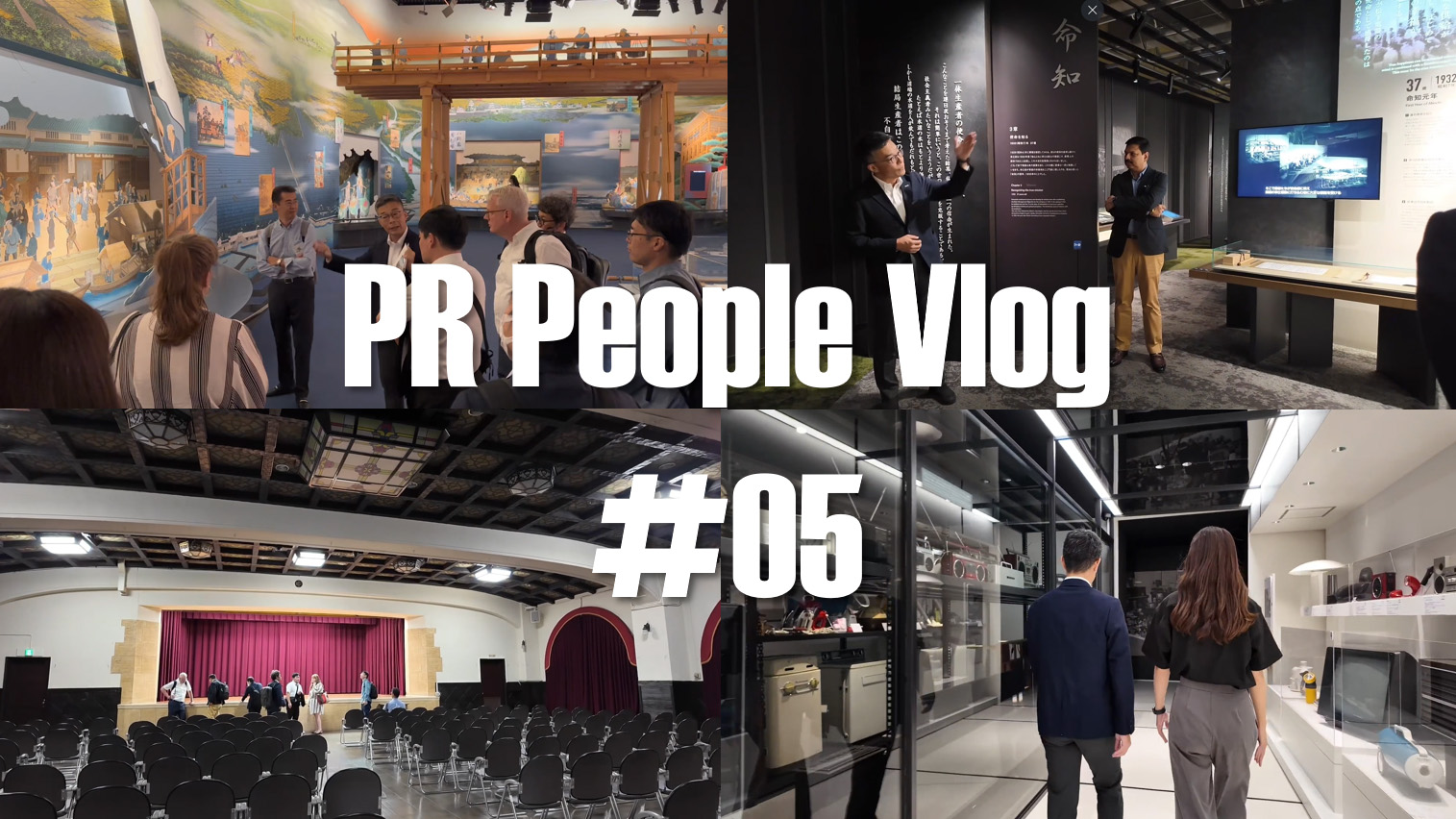
Manish Sharma, Chair and CEO of Panasonic India, has held several management roles overseeing different functions of the business since joining in 2008.
In the second part of this two-part series, Sharma talks about his vision for Panasonic India and its direction for the next 5 years.
As I mentioned in the earlier part of the article, India has two priorities, one is the business opportunity and second is building capabilities under the newly formed Panasonic Operational Excellence division (PEX). To give more perspective, PEX will provide high-quality support services as professionals with specialized expertise to enable Panasonic businesses become more advanced and efficient. While I will elaborate on the business strategy later, building capabilities specifically for the newly formed PEX function will play a major role in creating high value cost competitive governance and shared services for all the Panasonic businesses in India.
Strategies based on our founder's guiding principles and the tap water philosophy
When it comes to business opportunities, one of our leading principles is to be a company that helps people live a convenient, comfortable and heathy lifestyle. We feel this responsibility at Panasonic and look to first implement products and solutions based on this fundamental objective. A second principle, which is one of Konosuke Matsushita's, our founder's, philosophy that continues to inspire me, is that all this should happen at a lower total cost of ownership. In fact, we developed the Miraie solution (an IoT- and AI-enabled home appliance control system) based on our founder's tap water philosophy by looking at how technology can be like tap water - made available in abundance at an affordable cost. We don't want to provide cheap solutions, but rather an overall cycle that allows for a lower total cost of ownership. And India is a very appropriate country for us to execute our strategies based on this philosophy. This is the kind of direction we are taking and going after.
From now onwards, our strategy is to focus on the five pillars. The first pillar is the consumer business. We want to concentrate our efforts on specific businesses, and we will also focus on building sustainability into the consumer business. The second pillar is the life solutions business. And we look to continue to lead here with our wiring devices. The third one is spatial solutions, which is very important - the critical point here is to combine the strengths in our consumer and life solutions businesses creating a common strategy to develop living spaces and build a platform for consumers to enjoy smarter connected living. The fourth pillar is the energy business. As you can imagine with the large population in India, there will be challenges concerning the availability of cleaner energy. And with global pressure and environmental concerns, I think India has a big responsibility to implement clean energy solutions. How can we better utilize our lithium ion battery technology for storage? There are also opportunities in electric mobility - India has a very large market for scooters and motorcycles, and maybe electric cars in the future too although we still have some way to go for that. And finally, the fifth pillar is the supply chain business and establishing our industrial solutions and products to help industries manufacture in a smarter and connected way.
Panasonic India in the next 3-5 years
Our midterm plan in the next 3 to 5 years is to drive sustainability by building organization's ability to generate its own resources and focus on delivering a balanced revenue structure. When you look at Panasonic globally, you will see that majority of Panasonic's business comes from B2B (business to business) oriented products, and share of consumer-oriented products is lower. In India, it is the opposite - where majority comes from consumer-oriented products, and revenue share from B2B oriented products is on the lower side. In next 5 years, we want to make it more balanced with 50% of revenue coming from consumer products and 50% revenue coming from B2B. To put it simply, this means that major revenue growth should happen in energy, industry, systems solution related products, platforms and services. We will also continue to grow our consumer business but in order to drive sustainability, our intention is to rapidly grow our B2B oriented businesses in the country. And with the kind of infrastructure growth which is going to happen in India in the next 5 to 10 years, we have a big opportunity in the B2B segment.
A second objective is that we want to expand the software developmental capabilities in India. To do so, we will continue to focus on building capabilities in our India Innovation Centre in Bangalore. In last few years, a lot of solutions, including Miraie, have been developed, which are already helping Panasonic India expand its businesses currently. The third objective, which in some senses comes from my desire for Panasonic India to become a capability for the global Panasonic Corporation by providing our talents and services to subsidiaries outside of India. These services may include IT services, audit services, and even people services.
We have a lot to do and some way to go but I see many exciting opportunities ahead for Panasonic India and look forward to growing the business according to our founder's guiding principles and our basic business philosophy.
# # #
Disclaimer:
We would like to note that Panasonic Newsroom is not a place to address personal Customer Service issues. Even though this is not the forum, Panasonic is always eager to resolve your concerns. Our local customer services contacts can be found at Global Support or you can see our list of Social Media Accounts to find the right channel for your queries and concerns.
Related News
- The Transformation of Panasonic India: Part 1 (Jan 20, 2022)
- Innovation Made in India (Aug 25, 2021)
- Panasonic Bets Big on Connected Living Solutions in India; Expands Miraie Range (Feb 17, 2021)
- Designing a Smarter Future - Panasonic India in Collaboration with Tata Consultancy Services Announces its India Innovation Centre from Bengaluru (May 24, 2017)






